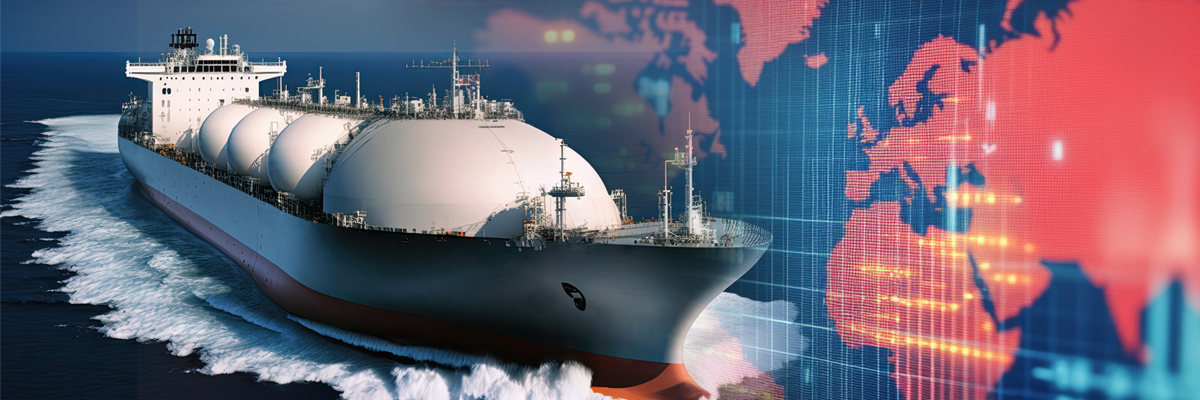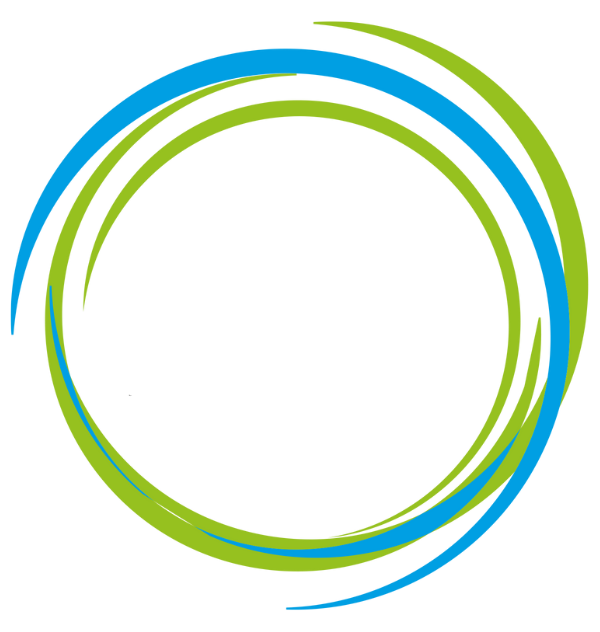
EMF’s shipping investments are well shielded from tariff turmoil
April brought significant geopolitical developments, though recent decisions have eased some immediate pressure. The US placed its newly announced tariffs on a 90-day pause, allowing room for negotiations and reducing short-term risks for shipping markets.
Earlier, the US proposed broad tariffs, including a 10% duty on all imports, with higher rates for China, the EU, and Japan. While container shipping and car carriers felt the initial impact, tanker and gas markets remained largely insulated. Oil and refined products were exempt, and shifting crude flows from Canada and Mexico supported seaborne trade.
US car tariff likely to become a significant obstacle
The threat of a 25% US tariff on foreign-built vehicles created headwinds in the car carrier segment. Although Chinese-built vehicles remain a minor share of US imports, depending on how negotiations develop, broader risks to car volumes remain.
Gas carriers, including LPG and LNG segments, faced limited direct impact. However, China’s retaliatory tariffs on US LPG introduced short-term uncertainty, though the 90-day pause offers a window for stabilization.
Revised US port fees cause minor changes
Toward the end of the month, the US released a revised port fee proposal targeting Chinese-built and operated vessels. The updated structure is less aggressive, with minimal effect on tankers, bulkers, and LPG carriers – including EMF’s South Korean-built fleet. For car carriers, a manageable flat fee will be introduced, with a three-year adaptation period.
Although trade tensions persist, the impact on our invested shipping segments has so far been contained, with shifting trade flows supporting several areas.
Source: Clarksons, Fearnleys, Reuters, USTR





